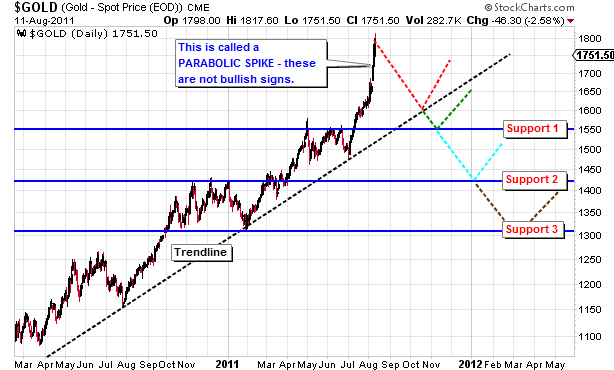“NEW YORK (Reuters) – Stock index futures fell on Wednesday, indicating the S&P 500 will retreat from its second-best daily performance of the year as commodities fell and after earnings reports from Yahoo and Intel.
Brent crude slid towards $99 per barrel and copper dropped 1.8 percent to $7,167 a ton as softer-than-expected data in the U.S. and China has heightened worry over demand. U.S. listed shares of BHP Billiton lost 2.7 percent to $64.84 in premarket.
Yahoo Inc shed 1.2 percent to $23.50 in premarket trade after the Internet company’s first quarter revenue fell shy of expectations as declining traffic to its Web properties and falling display advertising sales continue to weigh on the company.
Intel Corp slipped 0.5 percent to $21.81 before the opening bell after the chipmaker said its current-quarter revenue would decline as much as 8 percent and trimmed its 2013 capital spending plans.
Bank of America Corp declined 3.3 percent to $11.87 after reporting first-quarter results.
S&P 500 futures fell 11.9 points and were below fair value, a formula that evaluates pricing by taking into account interest rates, dividends and time to expiration on the contract. Dow Jones industrial average futures lost 96 points, and Nasdaq 100 futures dropped 23.5 points.
According to Thomson Reuters data through Tuesday morning, of the 42 companies in the S&P 500 that have reported earnings to date for the first quarter of 2013, 66.7 percent have reported earnings above analyst expectations. Over the past four quarters, 67 percent of companies beat estimates while the average since 1994 is a 63 percent beat rate….”
Comments »

